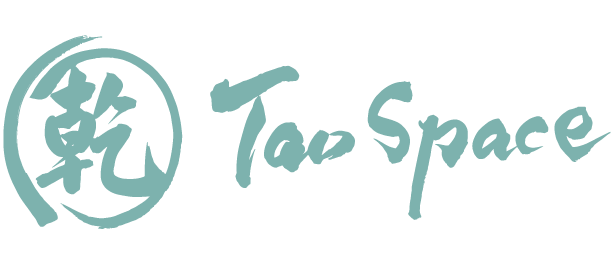Acupuncturist in Niagara Falls , ON
How it works
Acupuncture is a very significant branch of Chinese Medicine, and it has been used in China for thousands of years.
Acupuncture consists on the application of very thin - disposable needles through the skin of certain places of the body called acupoints.
Acupoints are small areas that carry specific functions and are situated at energy pathways called meridians. Meridians have the function of nourishing and connecting our internal organs, our different body systems and other meridians with each other, acting as an organic and wholistic energy-web.
Disease occurs due to the imbalance of Yin-Yang in our organs-viscera and/or the disturbance of the flow of blood, nutrition and Qi (a form of vital energy pronounced “chee”) in the meridians. Acupoints are stimulated with the insertion of needles where a specific manipulation will be performed according to the case to rebalance the flow of Qi and blood at the affected meridian and/or to rebalance internal organs-viscera as well.
For what conditions it can be used
Acupuncture is used for a wide variety of discomfort or illnesses; from musculoskeletal issues like back pain, stiffness, sciatica , arthritis to more internal imbalances like; emotional stress, anxiety, depression, insomnia, as well as weight loss, fatigue, hormone balancing, detox, headaches , sexual disfunction, infertility, pregnancy, labor, female and male conditions, impotence, prevention of diseases, balance during change of seasons, relaxation, cosmetic facial rejuvenation to name only a few.
How does it feel like and Safety
Acupuncture is usually painless due to the use of high-quality hair- thin needles. Sensations like numbness and tingling occur due to ‘De Qi’ or arrival of Qi on acupoints and energy channels.
The open communication between patient and practitioner ensures the best level of comfort and relaxation for the patient. Acupuncture is safe, always when practiced by an extensively trained practitioner that understands the variants of each situation and individual patient acting accordingly.
Chinese Medicine Diagnosis and Acupuncture Sessions
The differentiation of what are the patient’s needs, lies on the ability of the Registered Acupuncturist to perform the adequate diagnosis, plan and execution of treatment, which is done very thoroughly and carefully.
CM pulse palpation, meridians and acupuncture points (acupoints) palpation, tongue observation, full inquiry of the patient's symptoms, onset and history, auscultation, observation of the patient’s appearance, body movements etc. are all part of the tools used in CM diagnosis.
An Acupuncture session can be very relaxing and many patients actually fall asleep during the treatment, feeling afterwards relaxed and at the same time refreshed and energized. The insertion of very thin, sterilized and single-use needles should produce little to no pain. The sensation of De Qi (the arrival of Qi-energy in the acupoint) can be described as tingling, electricity, warmth, local light pressure etc.
The number of treatments required varies between 1 and 15 sessions or more, depending on the nature of the patient’s illness (if either acute or chronic) his/her body constitution and vital energy to heal.
The value of receiving Acupuncture by Registered Acupuncturists
There are many health-care professions that carry Acupuncture as part of their education/curriculum, allowing them to perform acupuncture as a complement to their area of expertise.
Nevertheless, they do not have the same training and level of education as practitioners who have passed their Acupuncturist board exam and are Registered with the College of Traditional Chinese Medicine Practitioners and Acupuncturists of Ontario (CTCMPAO).
Registered Acupuncturists are authorized to diagnose patients and treat conditions related to musculoskeletal issues, chronic diseases, and internal diseases.
Acupuncture provided by a Registered Acupuncturist under the standards of CTCMPAO has a broader scope of practice. It honours CM’s philosophy of holism, acting as a tool for healing according to the patient’s CM diagnosis, which evaluates the person as a whole complex organism. It is also reimbursable under most extended health insurance plans.
Acupuncture Versus Dry Needling
There’s also a distinction between Dry Needling and Acupuncture. Dry needling is a technique used by practitioners such as Physiotherapists, Chiropractors, Occupational Therapists etc, that is based strictly on body anatomy and the insertion of needles in specific muscle- trigger points to release tension and pain.
Even though Ashi Xue or Pain Points can be used in Chinese Medicine treatments, it is only a small part of a more complex and deep system that relies on the knowledge of meridians, organs – viscera and the body as a connected organism.
Dry needling does not apply CM principles or diagnosis. Hence, dry-needling practitioners are not necessarily receiving the same level of training as set out by the standards of CTCMPAO.
In other words, those who practise dry needling might not meet the requirements to use the title of "Registered Acupuncturist" or "Registered Traditional Chinese Medicine Practitioner" in the province of Ontario.

